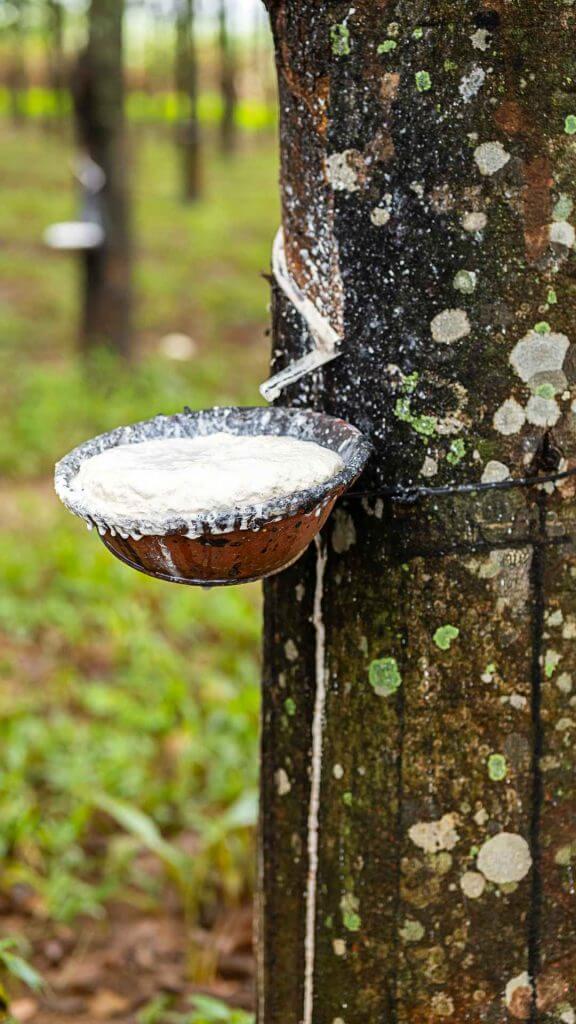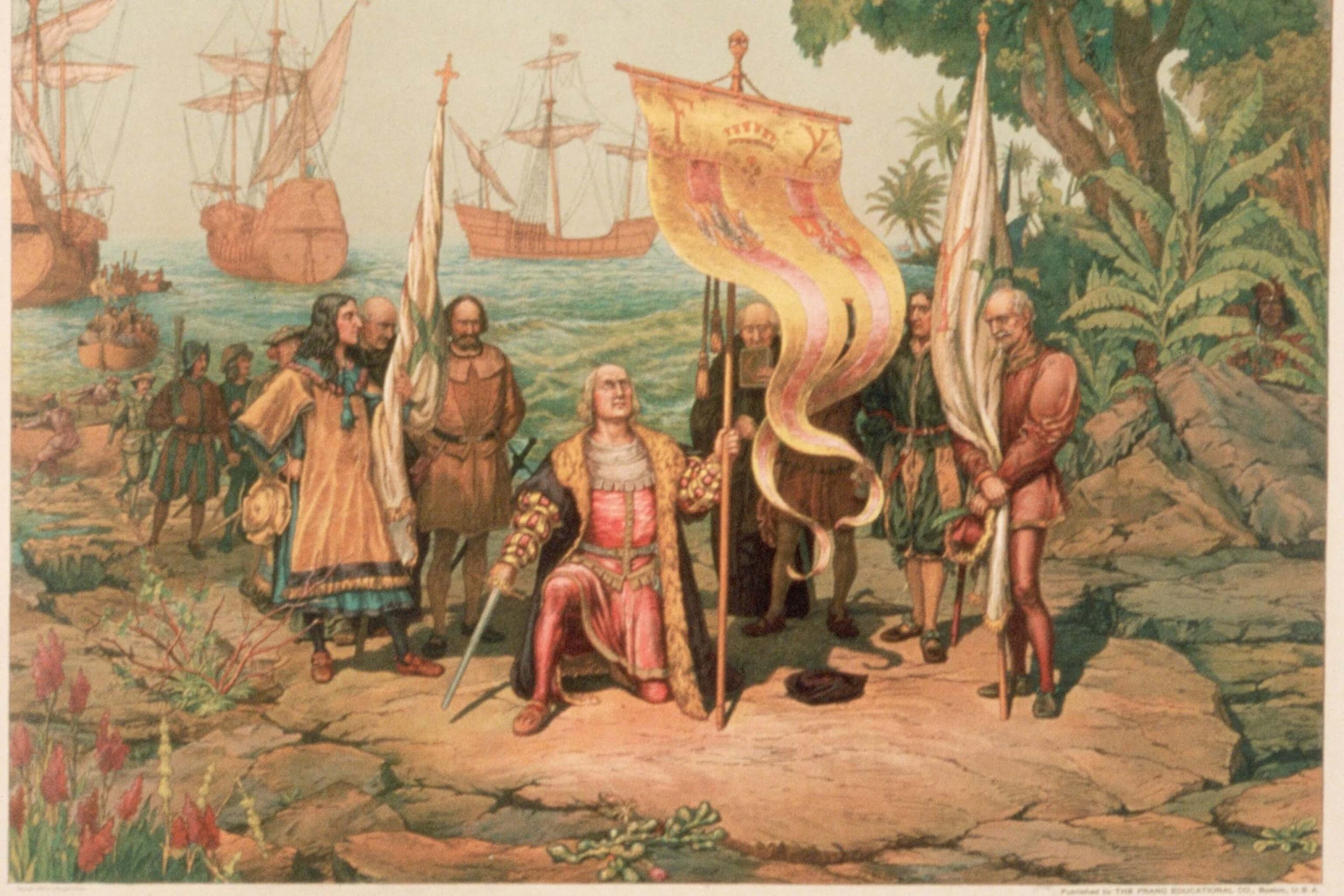Introduction
Explore the historical roots, economic significance, and prospective future of Indonesia’s rubber industry, where Rubber Trees in Indonesia, scientifically known as Hevea brasiliensis, have gained global prominence. Indonesia, the second-largest natural rubber exporter globally, has witnessed a resurgence in its rubber industry since 2010, driven by a substantial surge in global demand. Join us in this exploration.

Origins of Rubber Trees in Indonesia
The introduction of rubber trees to Indonesia from South America marked a pivotal moment in the nation’s agricultural landscape. Notably, the British played a crucial role in ushering in and cultivating rubber trees in Southeast Asia. The early development phase witnessed the establishment of plantations and advancements in techniques for extracting latex, shaping the trajectory of Indonesia’s rubber industry.
Utilization of Rubber Trees during the Colonial Era
During the colonial era, Java implemented a forced cultivation system, designating village land for government crops, including rubber. This shift led to economic transformations, with the rubber industry flourishing and exports witnessing a significant uptick. Socially, these changes impacted local communities, altering livelihoods and social structures.

20th Century Industrial Development of Rubber
The rubber industry witnessed a revolutionary moment with Charles Goodyear’s discovery of the vulcanization process in 1843. Ongoing research and innovation, including smart elastomers and eco-friendly rubber compounds, continue shaping the industry. Additionally, the industry embraces the use of 3D printing for rubber components. Rubber trees remain integral to the national economy, providing essential resources for diverse industries, sustaining economic growth.
Economic Crises and the Evolution of the Rubber Industry
Unfortunately, the available information does not cover the impact of World War on the rubber industry, economic crises, or fluctuations in rubber prices. Moreover, efforts to recover the rubber industry in Indonesia remain unexplored. The absence of data on World War impacts leaves a historical gap, and the unexplored recovery efforts represent an opportunity for future research to unveil the resilience and adaptations made by Indonesia’s rubber industry during challenging times, fostering a more comprehensive understanding of its historical and economic dynamics.
Recent Developments in Indonesia’s Rubber Industry
Technological innovations in rubber processing, the role of rubber in international trade, and future challenges and opportunities remain unexplored in the available data. The lacuna in information on technological advancements leaves a void in understanding how modern processes have shaped the industry. Exploring the global significance of rubber in trade could unveil potential market trends. Additionally, delving into future challenges and opportunities offers a glimpse into the industry’s trajectory, guiding stakeholders and policymakers in fostering sustainable growth and resilience.
Conservation and Development Efforts for Indonesian Rubber
Sustainable development programs, environmental conservation initiatives, and the roles of government and private sectors in rubber tree preservation are areas where information is yet to be uncovered. The lack of available data in these domains presents an opportunity for future research to explore how sustainable initiatives are influencing the rubber industry. Understanding the roles of both government and private sectors in rubber tree preservation is crucial for promoting responsible practices and fostering a balance between economic growth and environmental stewardship within Indonesia’s rubber sector. No Mather
Conclusion
While the historical roots and economic significance of rubber trees in Indonesia have been briefly touched upon, there is much more to explore. The dynamic nature of the industry, coupled with ongoing innovations, positions Indonesia as a key player in the global rubber market. The significance of rubber trees in historical and economic contexts, along with hopes and projections for the future, invite further investigation. Uncovering these aspects will provide a comprehensive understanding of Indonesia’s pivotal role in shaping the trajectory of the international rubber industry.



